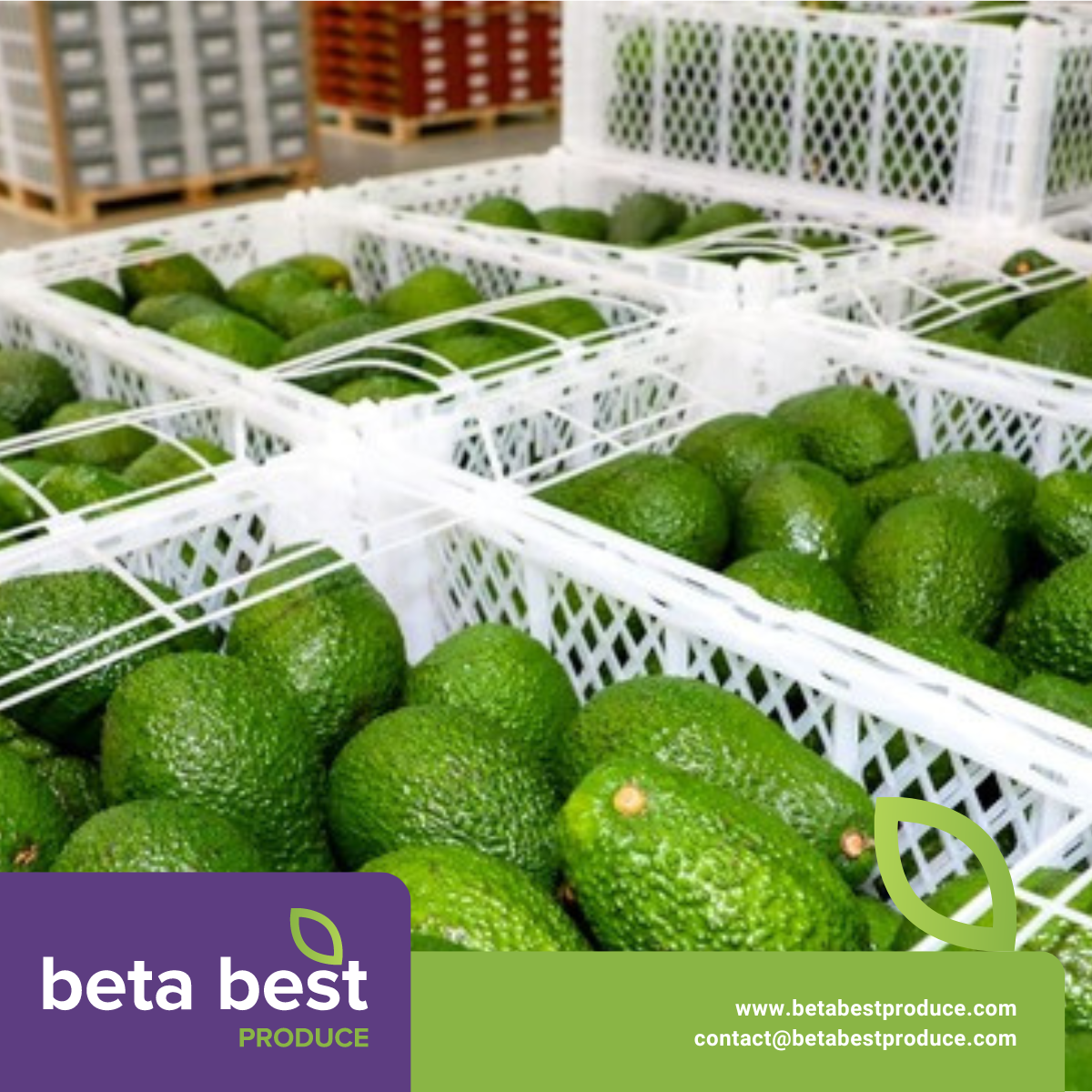Exports to the European Union (EU)[1] showed favorable results between January and April 2021, as they totaled US$ 1,797 million, 20% more than in the same period of 2020. It should be noted that, from the total of our shipments to the bloc of EU countries, 59.1% were from the non-traditional category. Furthermore, among them, we observed that agro-exports exceeded in value the sum of traditional shipments as a whole to said destination, since non-traditional agricultural exports reached a value of US$ 769 million, 24.3% higher than the US$ 618 million. of 2020, while the traditional items valued US$735 million, 15.1% more than the US$639 million of 2020.
As for the main destinations of non-traditional agro-exports, the Netherlands is positioned as our main buyer, with US$411 million in the period January-April 2021, which represents an increase of 25.9% compared to the same period in 2020. Spain and the United Kingdom maintain second and third place, respectively; the first, with US$ 160 million and a growth of 25%, and the second, with US$ 63 million and an increase of 21%. To complete the top 5, we find Germany, with US$42 million (+28.5%), and Belgium, with US$24 million (-11.2%).
Regarding the month of April, non-traditional agro-exports saw the Netherlands as their main destination, with US$ 112 million, 53.7% more than those registered in the same month of 2020. Following are Spain, with US $51 million (+59.6%); United Kingdom, with US$ 23 million (+46%); France, with US$9 million (+130%), and Germany, with US$9 million (+34.9%).
Avocado exports had a great performance in the first four months of the year and are reaffirmed as the main agricultural export product in this period, as they totaled US$192 million, with an increase of 49.6% compared to the same period of 2020. mangoes, with US$ 126 million (+8.8%); fresh grapes, with US$ 93 million (+62.2%); other fruits or other fresh fruits, with US$ 41 million (+34%), and Cavendish Valery bananas, which reached US$ 28 million (-6.9%).
The accumulated figure for April presents some variations in the ranking . Avocados, once again, positioned themselves as the main product sent to the European bloc within the non-traditional agricultural sector. Its shipments totaled US$ 110 million, which represented a 49.9% share of the sector’s shipments. Its main buyers were the Netherlands (US$67 million), Spain (US$28 million) and the United Kingdom (US$13 million).
Other products sent to the European Union were other fresh fruits or nuts (US$15 million; +53.3%), mangoes (US$12 million; +53.3%), prepared or preserved asparagus, not frozen (US$ 8 million; +73.8), and mandarins (US$ 7 million; +46.9%)

DEPARTMENTAL PERFORMANCE
At the departmental level, Lima positioned itself as the country with the largest non-traditional agricultural exports to the European bloc, since from January to April 2021 it registered US$326 million, 13% less than in the same period of 2020. It is followed by Ica, which it bordered on US$ 258 million, with a growth of 62.7%; Piura, with US$ 230 million (+15%); Arequipa, with US$190 million (+107.4%), and Moquegua, which reached US$152 million (+51.2%).

The main products exported by Lima were avocados, worth US$68 million in the first four months of the year. In the same period, Ica recorded US$70 million in shipments of fresh grapes to the EU, in addition to exporting avocados for US$34 million. Piura stands out for its shipments of mangoes (US$74 million) and bananas (US$25 million).
The international panorama is favorable for non-traditional agricultural products, which is due to the trade liberalization policy that, in this case, is consolidated with the free trade agreement that was signed with the European Union. Not only is it necessary to keep our borders open to take advantage of the high international demand for our products, but also to improve production chains, so that we are not left behind in terms of efficiency and productivity.


